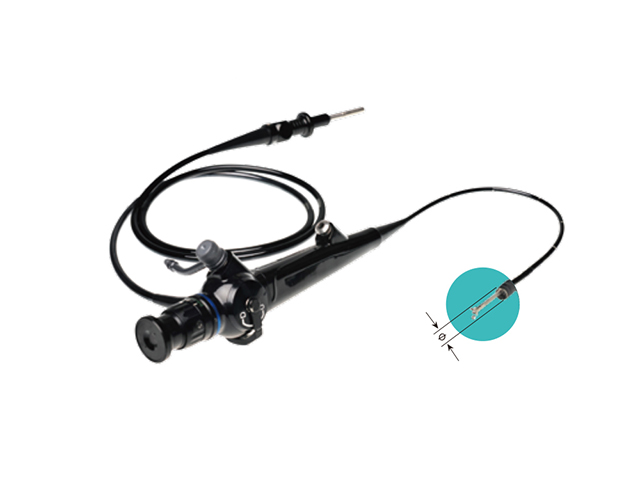
Nasopharyngeal laryngoscopy is a medical procedure used to examine the upper part of the throat, including the nasal passages, pharynx, and larynx. It involves the use of a flexible or rigid laryngoscope, which is inserted through the nostrils and passed down the back of the throat to visualize the area.
The application and examination procedures of nasopharyngeal laryngoscopy typically involve the following steps:
Preparation: The patient is usually asked to refrain from eating or drinking anything for a few hours before the procedure to minimize the risk of vomiting or aspiration. The physician may also spray a local anesthetic into the patient's nostrils to reduce discomfort during the procedure.
Insertion of the laryngoscope: The physician inserts the laryngoscope through one of the patient's nostrils and gently guides it down the back of the throat. The patient may be asked to tilt their head back or swallow to help the physician maneuver the scope into position.
Examination: Once the laryngoscope is in place, the physician can view the area and examine it for any abnormalities or signs of infection. They may also take a tissue sample (biopsy) or remove any excess mucus or foreign objects if necessary.
Removal of the laryngoscope: After the examination is complete, the physician carefully removes the laryngoscope from the patient's nose. The patient may be asked to rest quietly for a few minutes afterward to allow any lingering numbness from the anesthetic to wear off.
Overall, nasopharyngeal laryngoscopy is a relatively safe and effective procedure that can provide important diagnostic information for a variety of upper respiratory conditions. However, as with any medical procedure, there is always some risk of complications, such as bleeding, infection, or injury to the nasal passages or throat. Patients should talk to their physician about the benefits and risks of nasopharyngeal laryngoscopy before undergoing the procedure.


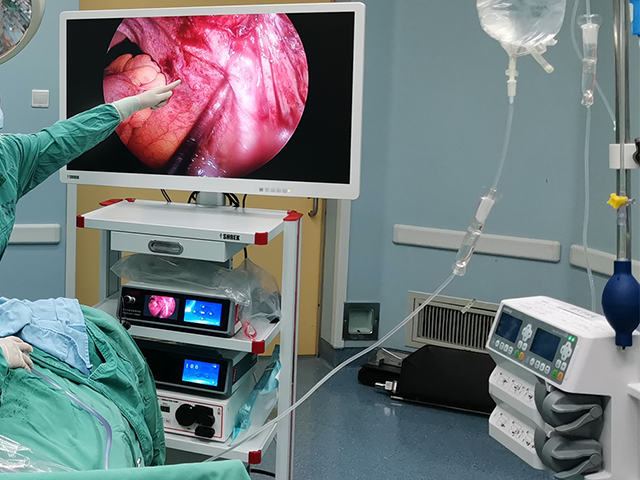
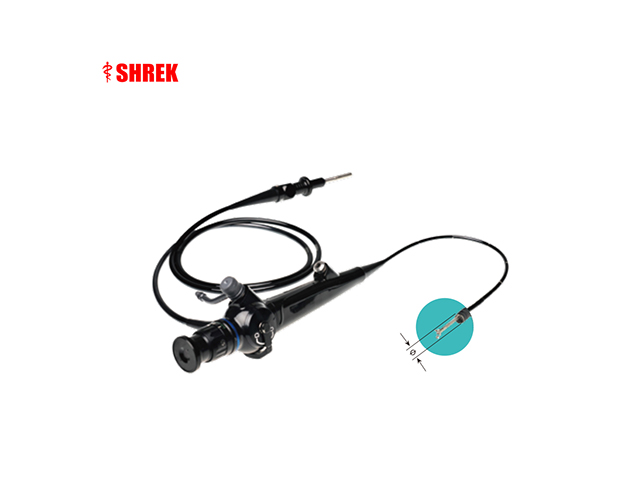
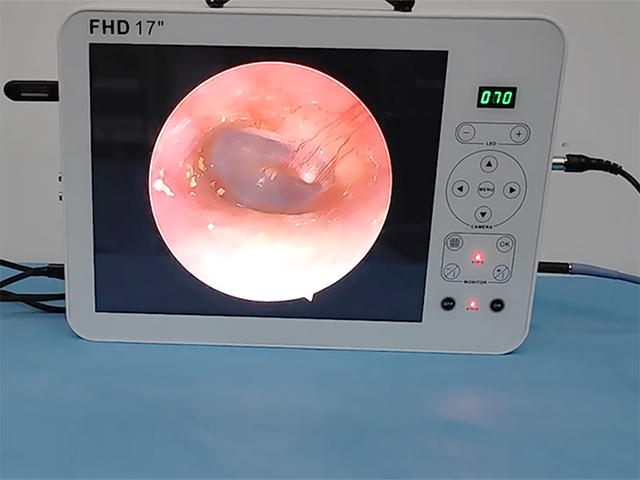
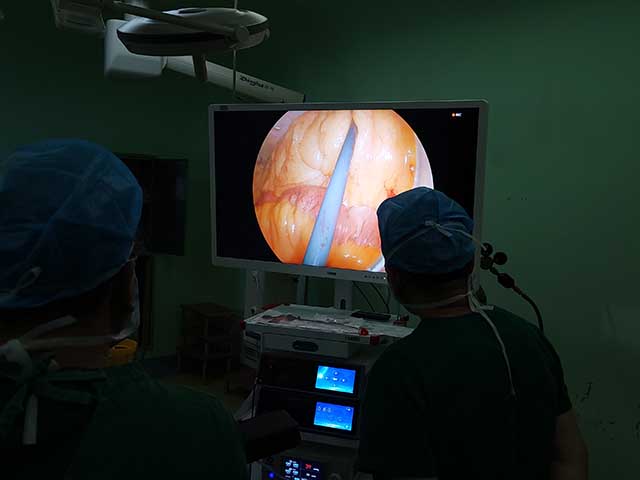
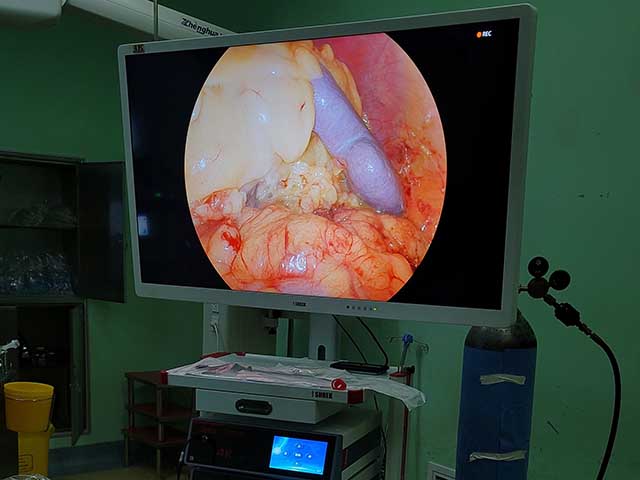

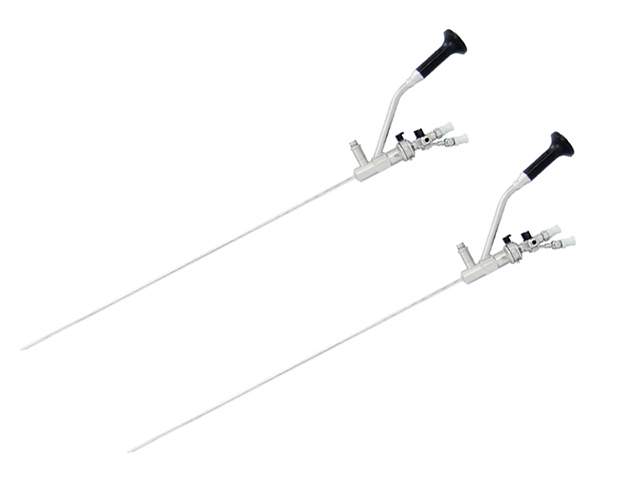
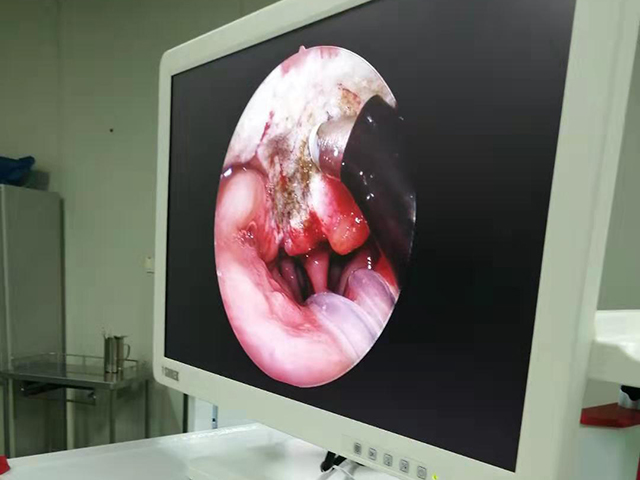
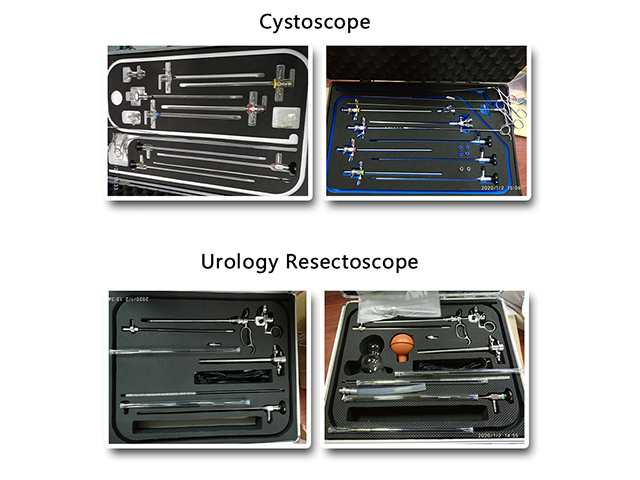
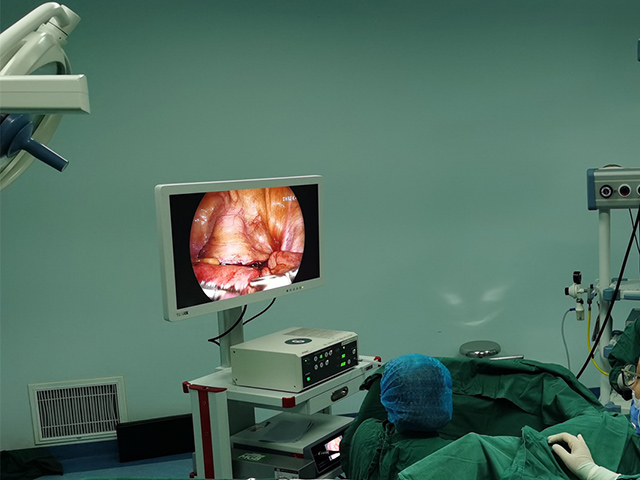
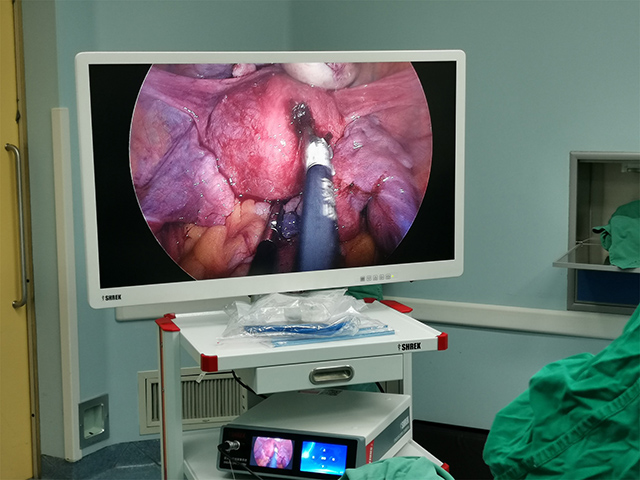
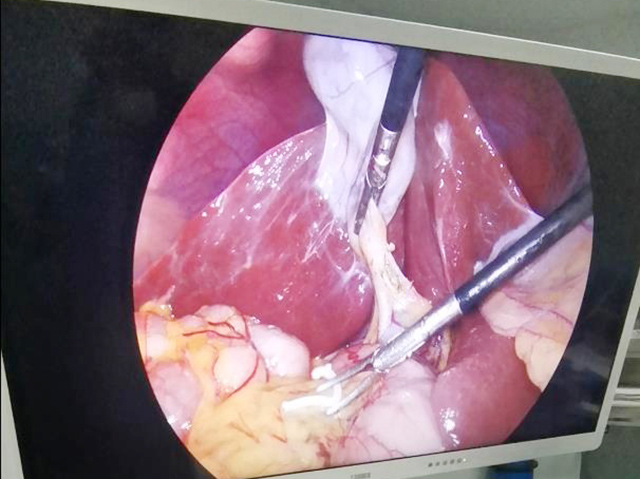

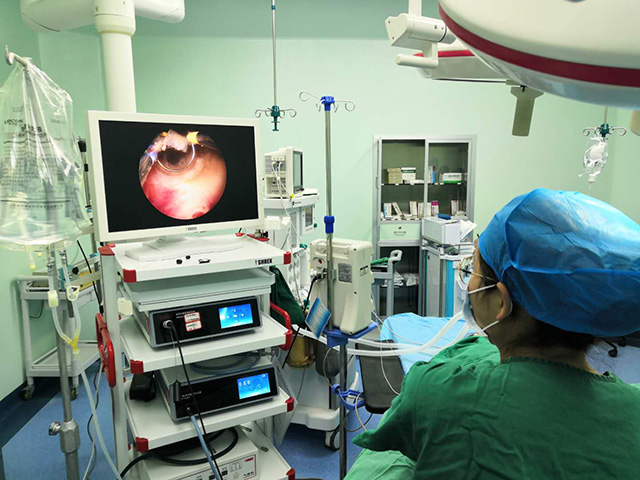
Leave A Inquiry